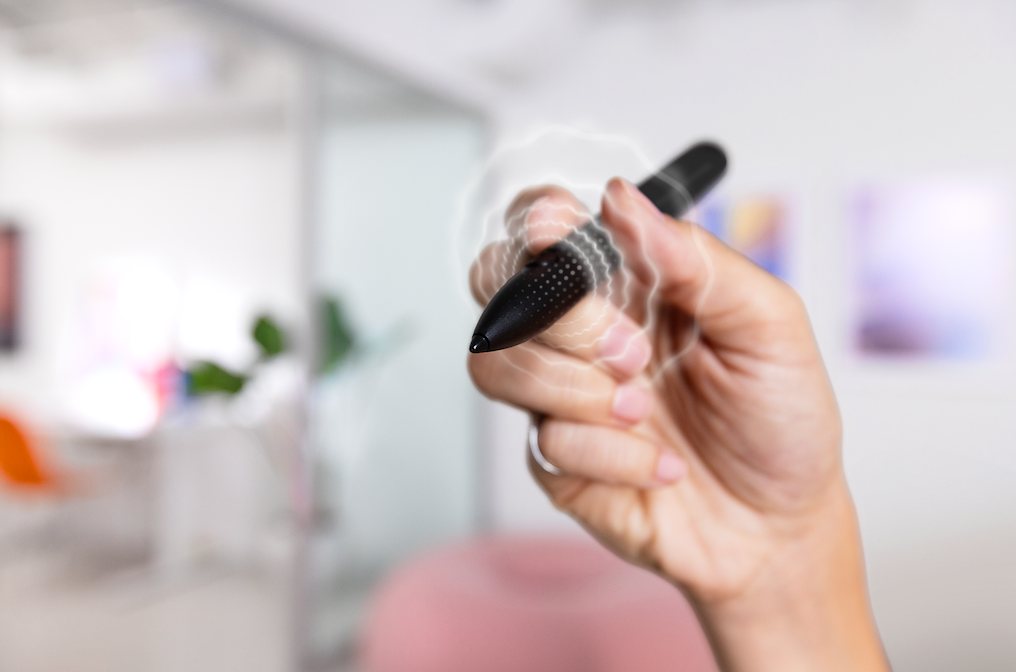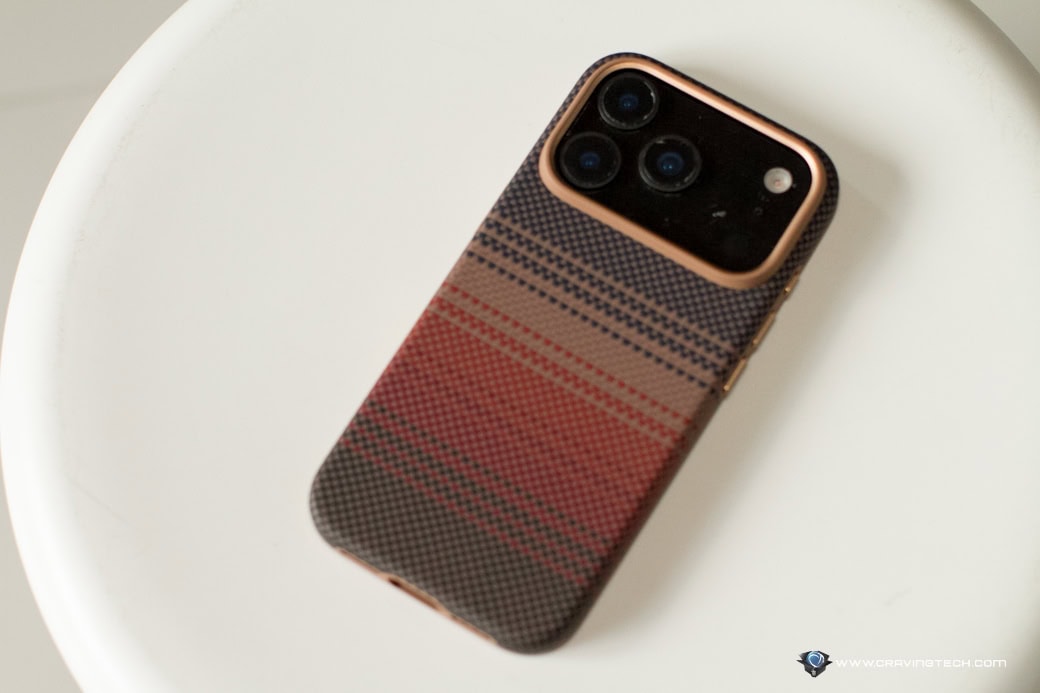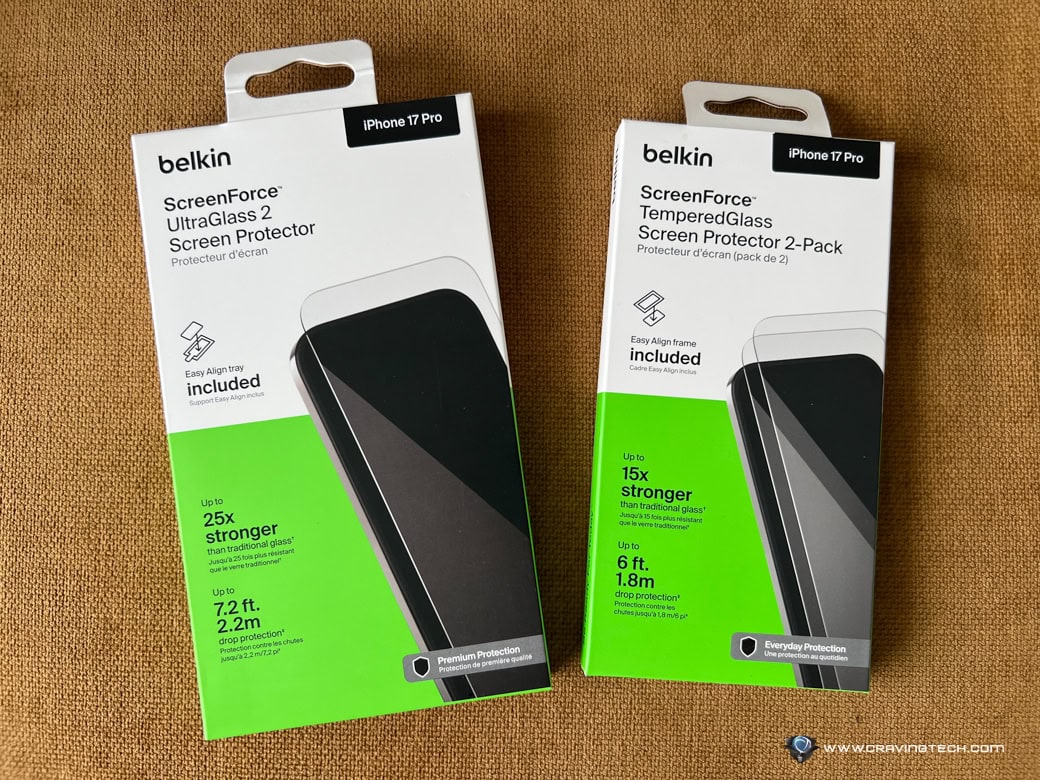If projections are anything to go by, Apple’s upcoming iPhone 16 Pro is likely set to transform the way smartphones look with the incredible display feature. From the leaks of a trusted insider Ice Universe, it has been revealed that the iPhone 16 Pro models’ face will feature the narrowest bezel any smartphone has ever seen, that is unless you consider Samsung’s Galaxy S24 as a competitor.
iPhone 16 Pro Could Revolutionize Smartphone Displays with Thinnest Bezels Yet
This drives a new record in bezel reduction and is expected due to Apple’s rumored incorporation of Border Reduction Structure (BRS) technology. BRS allows for better placement of parts of the circuit below the screen – thus solving the problem of the thin line along the edges and making the viewing area seem nearly bezel-less. Despite having no official endorsement, gossip that has been circulating within Asian tech groups suggests that this technology will be incorporated into the iPhone 16.
This revelation comes after Apple managed to thin the bezels on last year’s iPhone 15 Pro models. By using the low injection pressure over-molding (LIPO) technique, the company successfully reduced the bezels to only a 1mm thickness. 5 millimeters which can be considered as major progress compared with the preceding one – 2 A physical difference that is apparent on the iPhone 14 is that it is about 2 millimeters thinner.
A big shocker that deviates from typical trends in iPhone refreshments is a massive step up in the calendar number of iPhone Pro models. According to the rumors, two Pro models are going to further extend in size with iPhone 16 Pro to be 6.
To make things clear, the new iPhone 16 Pro model has a 3-inch screen size increase in comparison to the 6. It may become the biggest iPhone ever with a 9-inch screen instead of 6. 7 inches as previously rumored.
In addition to the revolutionary move of eliminating the bezel, other changes that are still set to be part of the iPhone 16 Pro are as follows. Some of these releases are as follows: The new introduction of the A17 Bionic Chip which the Company asserts to offer better performance and efficiency over its predecessor the A16 Bionic chip.
Furthermore, rumors indicate that Apple could eliminate the notch or settle for a design that incorporates an under-display camera or fine-tune TrueDepth setup.
Further, the expectations are that they will have larger sensor sizes, increased megapixels, and improved low-light performance. A new and larger chassis means the possibility of increased battery capacity and along with the performance jump from the new chip, the iPhone 16 Pro might offer better battery longevity.
In conclusion, the iPhone 16 Pro can be deemed as one of the praiseworthy innovations developed by Apple about the display. The future iPhone may showcase unprecedented bezels, heavier set increases, and a host of new features internally to set the iPhone 16 Pro as the smartphone business in 2024.






